Unusual Collision Sparks Investigation on Lake Superior
Early on June 8, 2024, the 689-foot bulk carrier Michipicoten collided with an underwater object in Lake Superior.
The incident caused the ship to take on water, prompting immediate action from the US Coast Guard. This unusual collision has sparked a thorough investigation by US and Canadian authorities.
Initial Response
According to a press release, at 6:53 a.m. on June 8, the US Coast Guard received a distress report from the Michipicoten. The ship, carrying taconite, was southwest of Isle Royale when it started flooding.
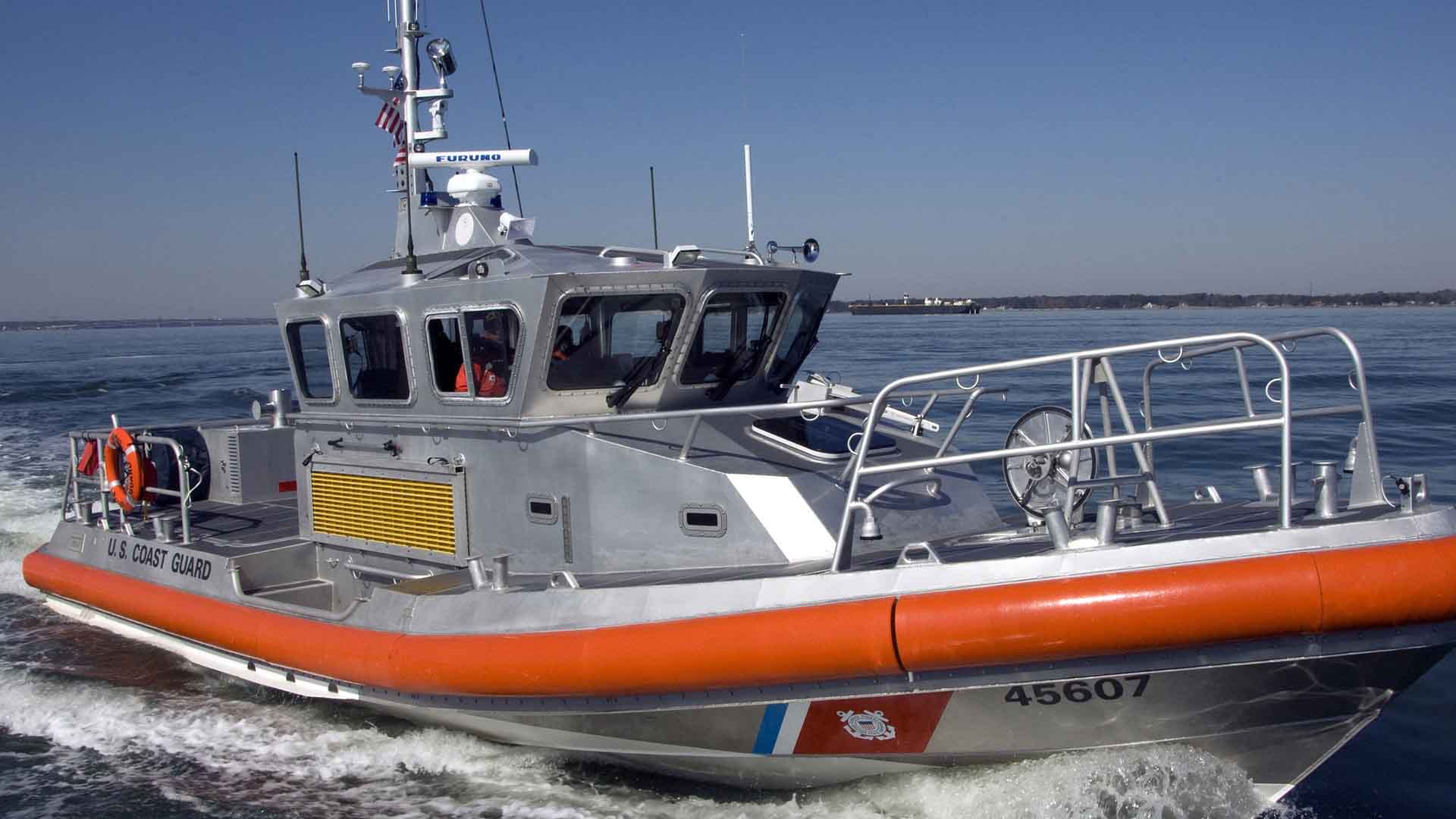
Source: U.S. Coast Guard/Wikipedia
The Coast Guard swiftly responded to the emergency, ensuring the safety of the crew and stabilizing the situation.
Evacuation and Safety Measures
Following the collision, half of the ship’s 22-person crew was evacuated as a precaution. Thankfully, no injuries were reported.
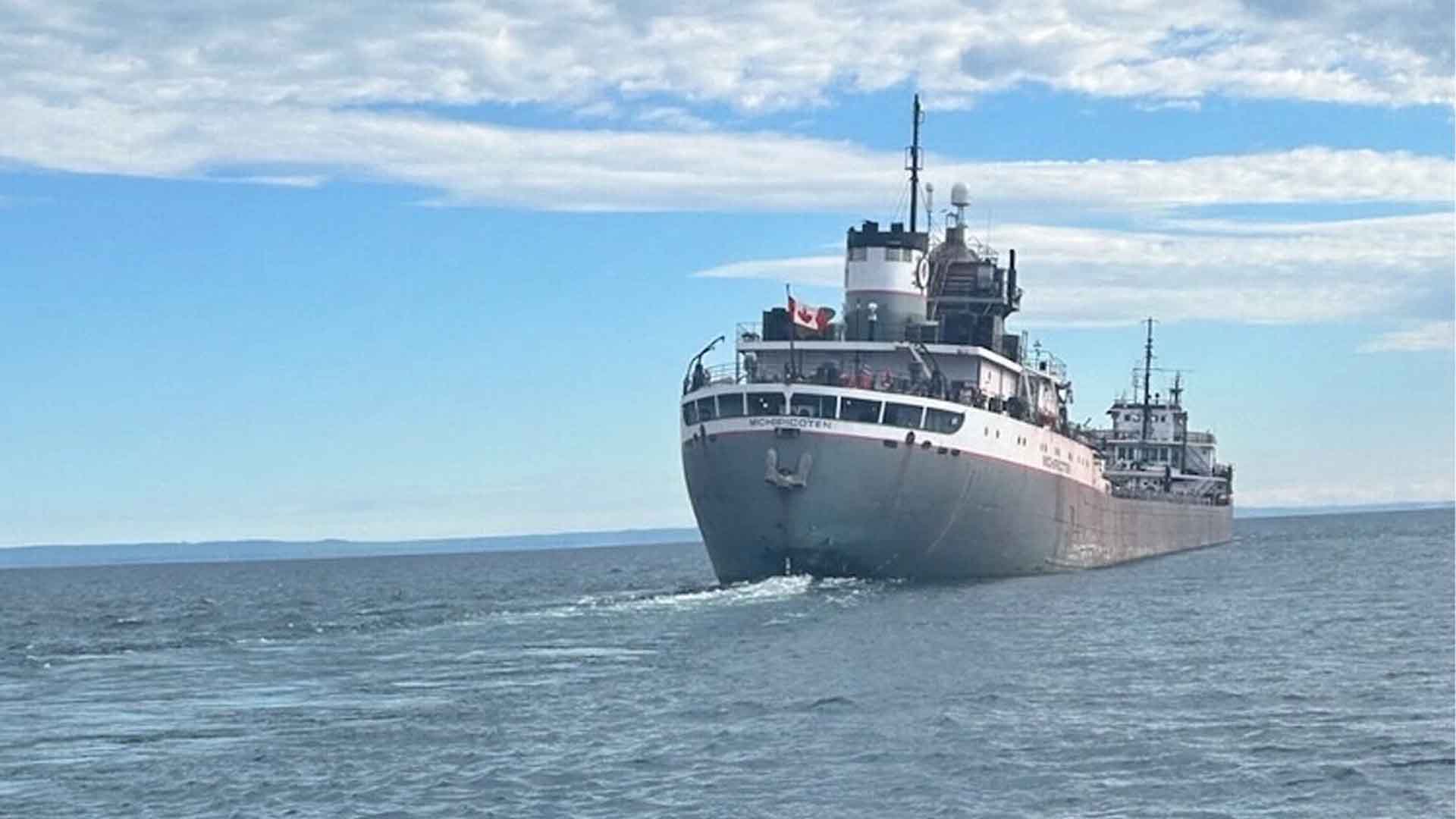
Source: SAULT SAINTE MARIE/DVIDS
The remaining crew worked to manage the flooding while awaiting further assistance. The ship’s condition was closely monitored to prevent further damage.
Michipicoten's Journey
The Michipicoten departed from Two Harbors, Minnesota, on June 7, 2024, and was en route to Thunder Bay, Ontario.
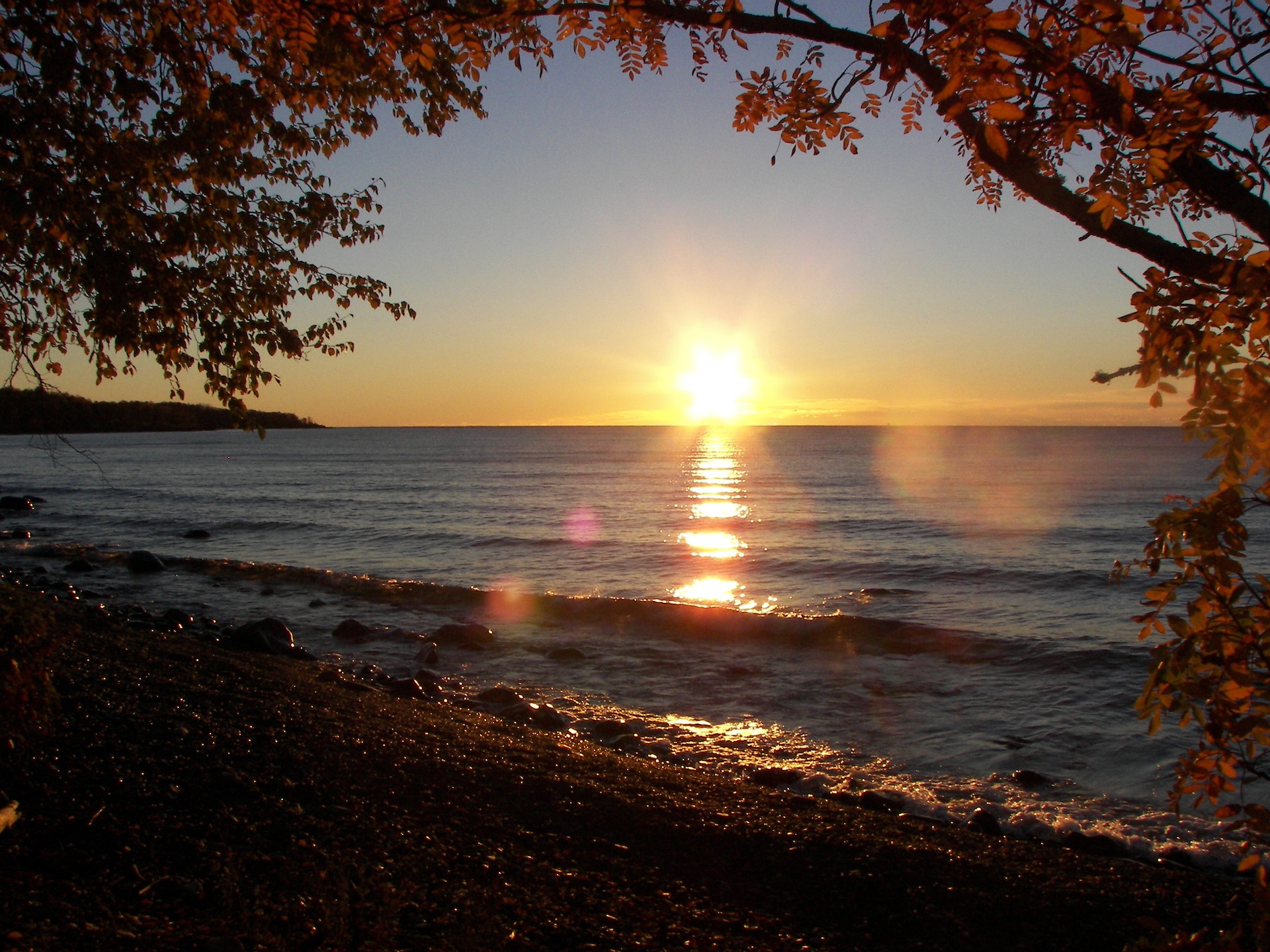
Source: Wikimedia Commons
This routine journey apparently took an unexpected turn, leading to the current investigation. Understanding the ship’s route will likely be a factor in determining the cause of the collision.
Investigating the Cause
Authorities from both the US Coast Guard and Transport Canada are conducting marine casualty investigations.
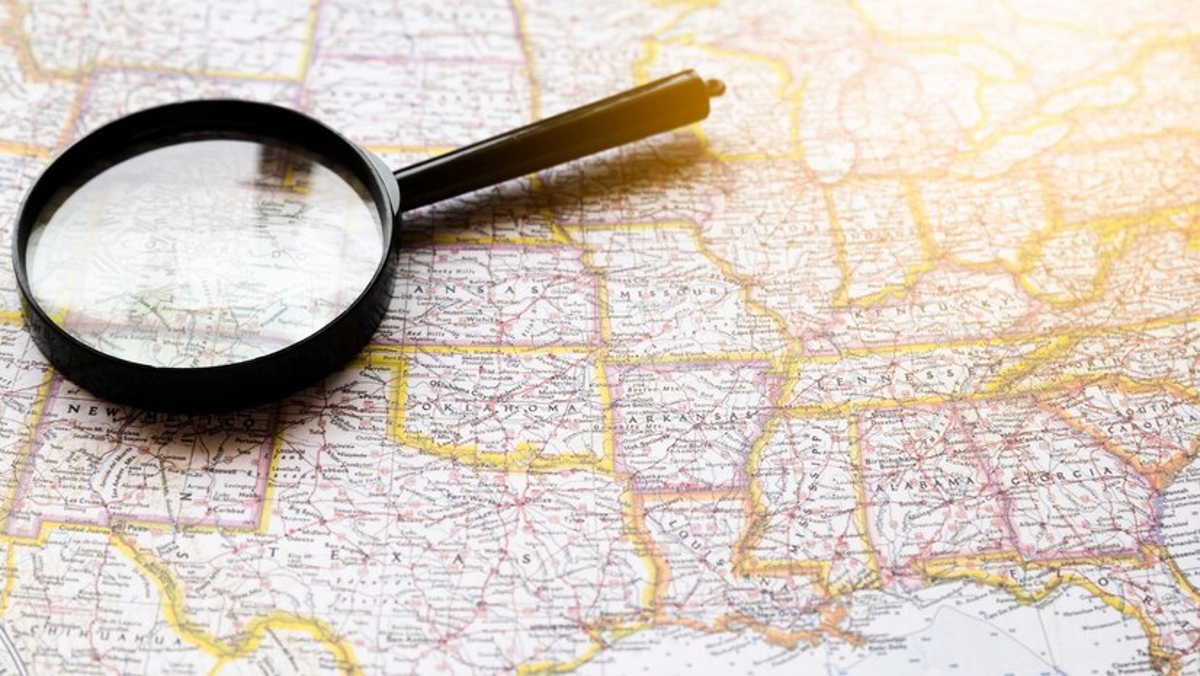
Source: Freepik
They aim to determine whether the hull damage was caused by running aground, hitting a fixed or floating object, or a possible hull failure. The findings will be crucial in preventing future incidents.
Ship's Status in Thunder Bay
As of this writing, the Michipicoten is anchored in Thunder Bay, Ontario. The ship will remain there until Canadian authorities deem it safe to dock.
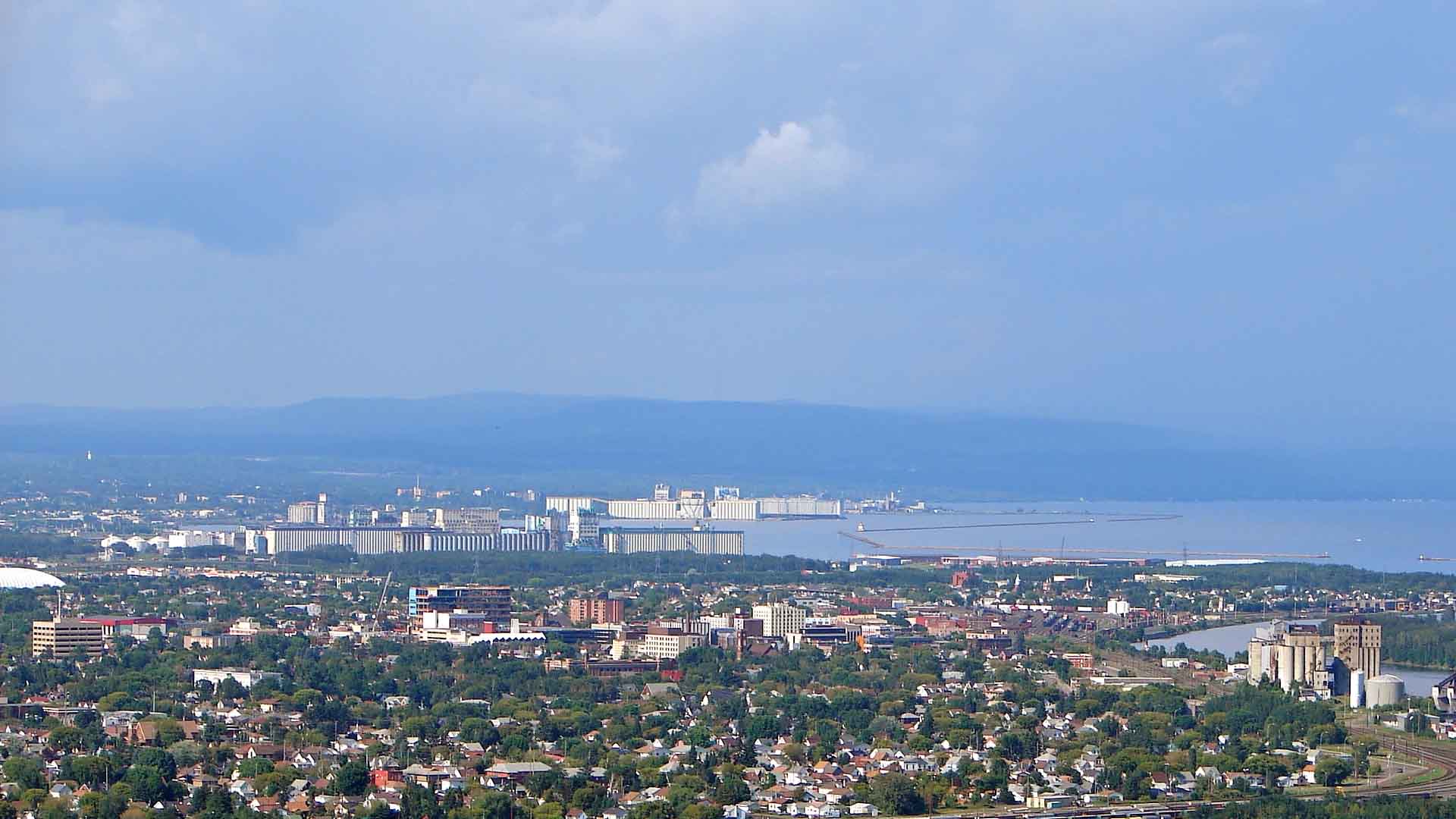
Source: P199/Wikipedia
This waiting period allows for a thorough assessment of the vessel’s condition and the surrounding area.
Crew’s Role in the Incident
The crew of the Michipicoten played a major role in managing the situation. Their quick response and coordination with the US Coast Guard ensured that the incident did not escalate further.

Source: Freepik
Their efforts highlight the importance of training and preparedness in maritime operations.
Navigational Channels Examined
Lorne Thomas, the external affairs division chief for the Ninth Coast Guard District, stated there was no indication that navigable channels were obstructed.
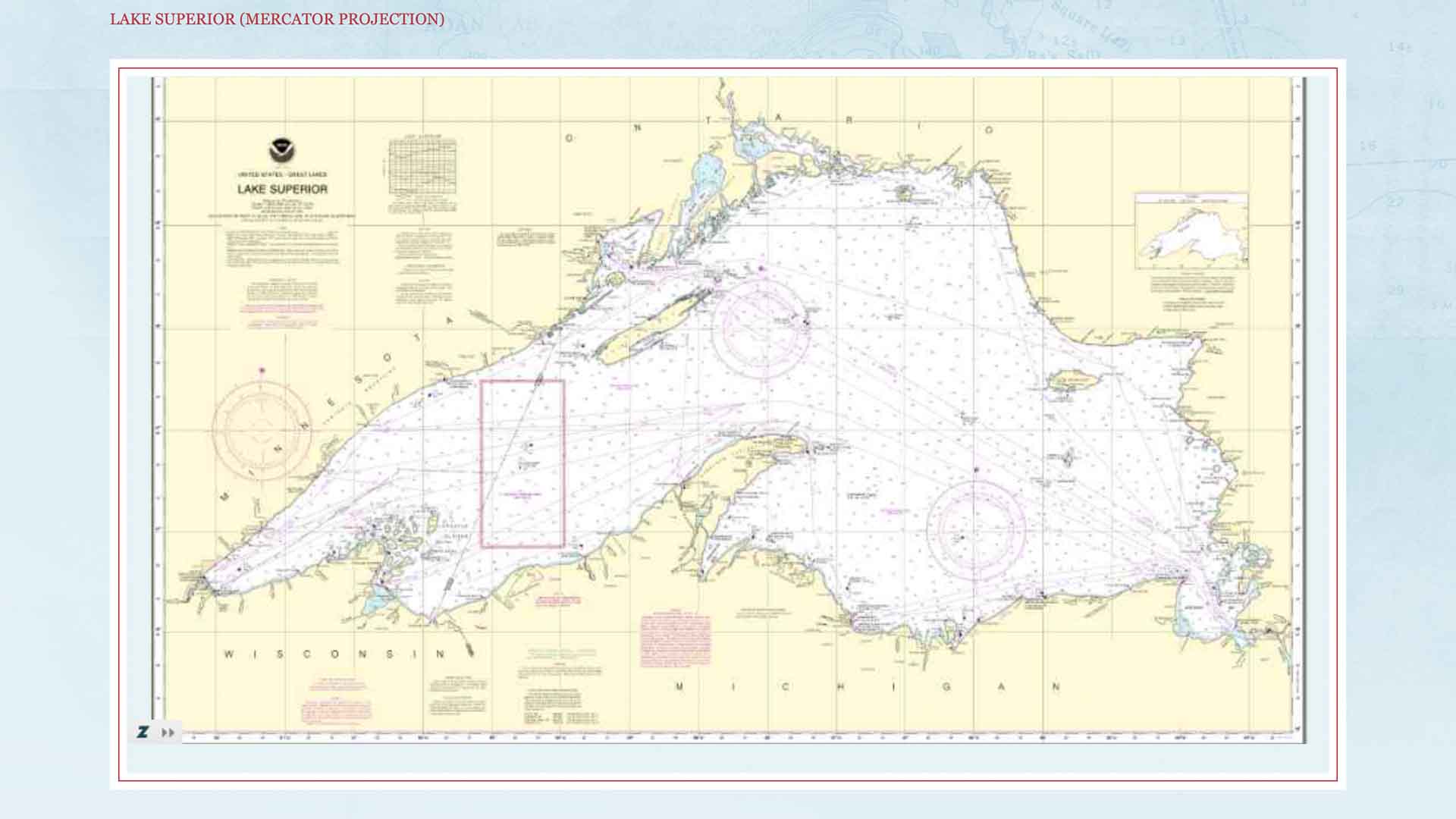
Source: Nautical Charts Online
This information will be essential for investigators as they analyze the ship’s path and possible external factors contributing to the collision.
Taconite Cargo Explained
The Michipicoten was carrying taconite, a low-grade iron ore used in steelmaking.

Source: James St. John/Wikimedia Commons
Understanding the ship’s cargo helps provide context for the investigation, as the weight and distribution of the load could influence the vessel’s stability and response to underwater obstacles.
Historical Context of Lake Superior Incidents
Lake Superior, the largest of the Great Lakes, has a history of shipwrecks and maritime incidents.
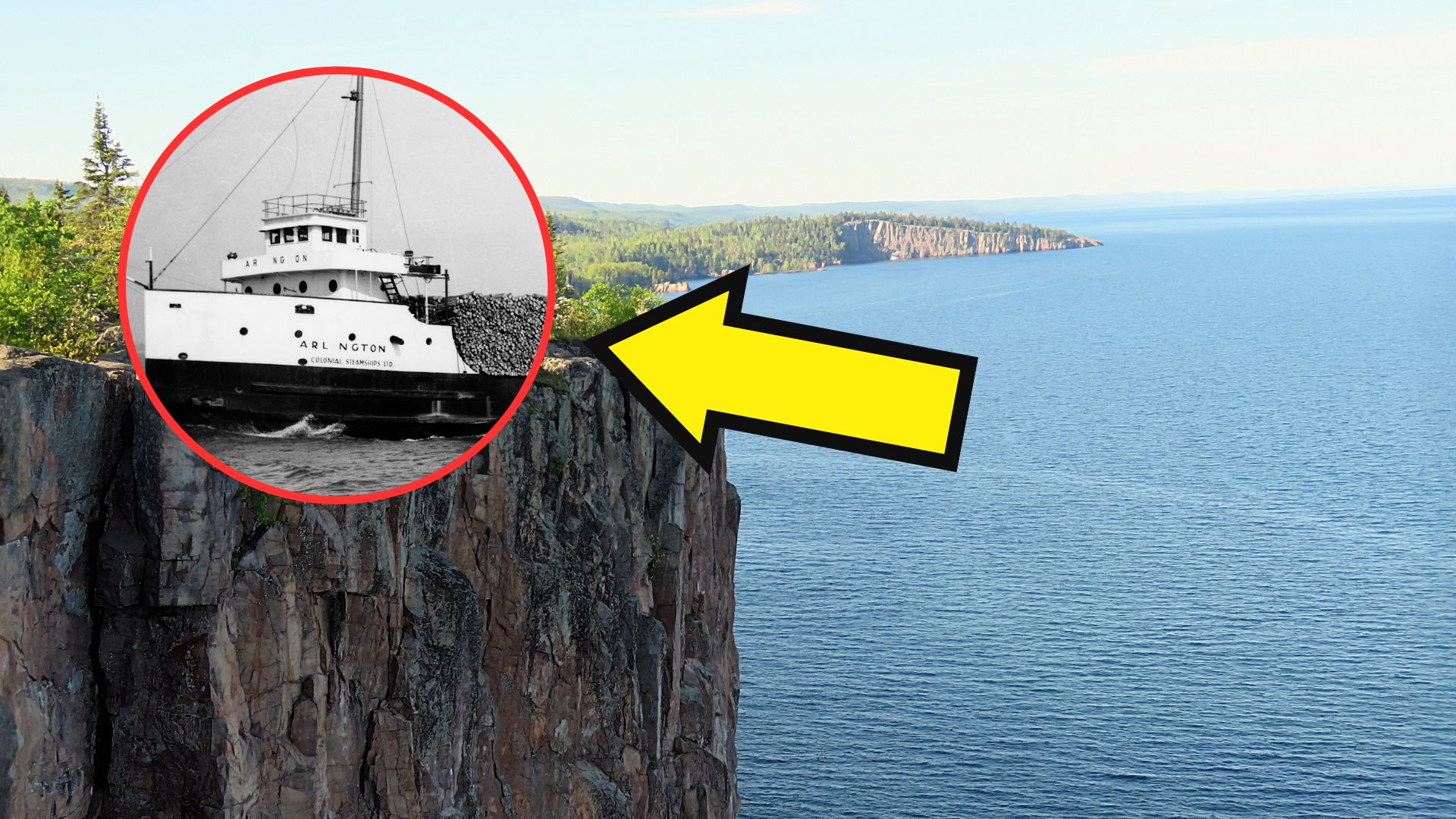
Credit: Wikimedia Commons
Learning from past events can help prevent future collisions and ensure safer navigation moving forward.
Implications for Future Navigation
The outcome of the investigation will likely impact future maritime practices in the Great Lakes.
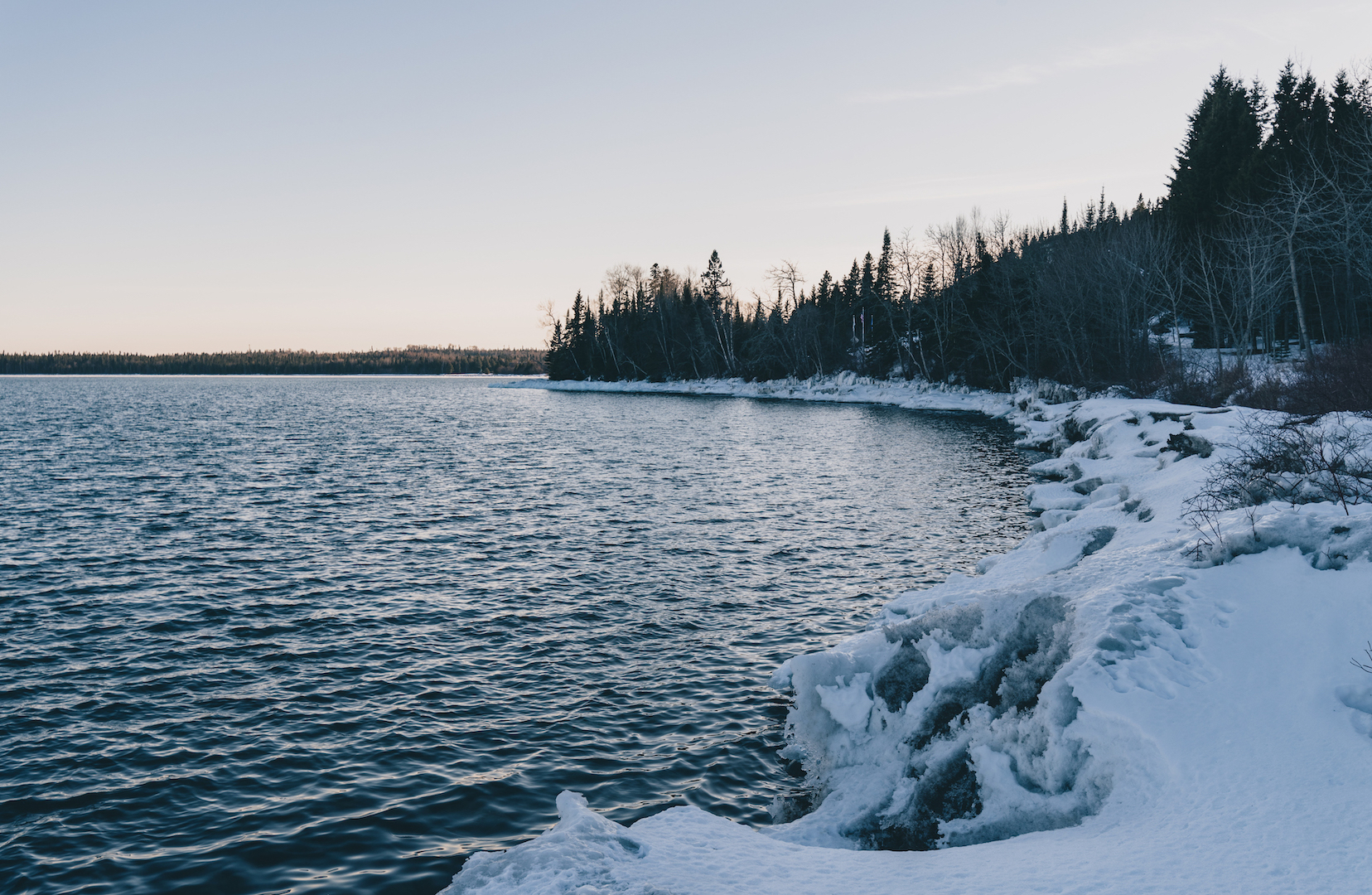
Source: Wikimedia Commons
Authorities may implement new safety measures or adjust existing protocols to enhance navigational safety. Ultimately, the continued goal is to mitigate risks and ensure the safe passage of vessels.
Awaiting Answers
As the investigation continues, officials and maritime experts await the final conclusions.

Source: Freepik
The findings will provide valuable insights into the causes of the collision and the necessary steps to prevent similar incidents.
